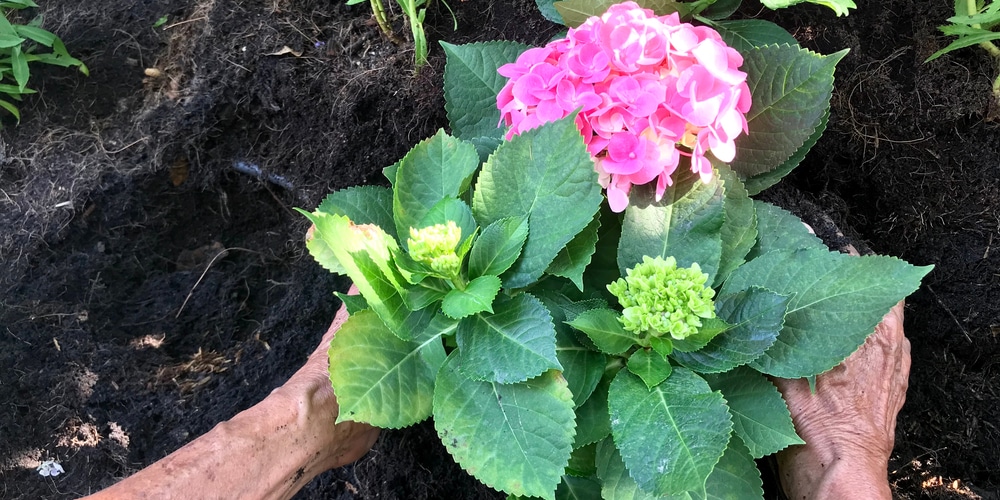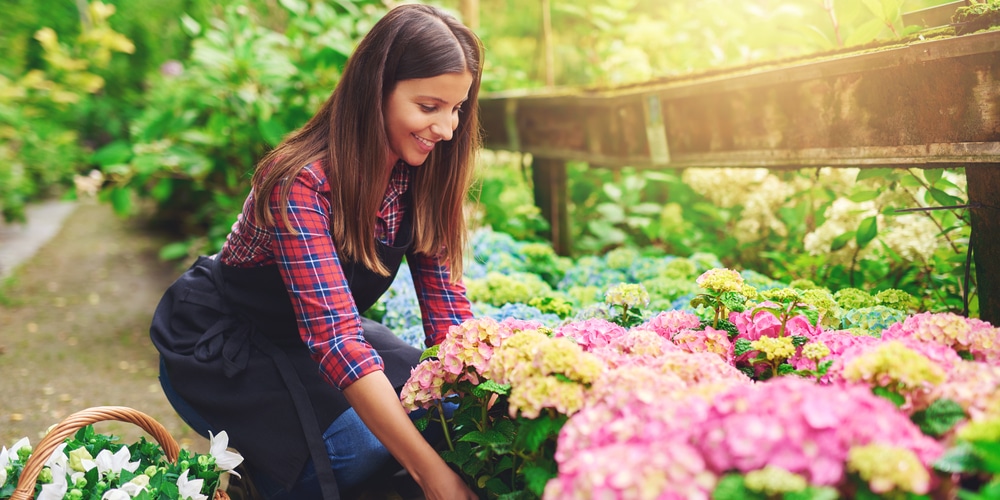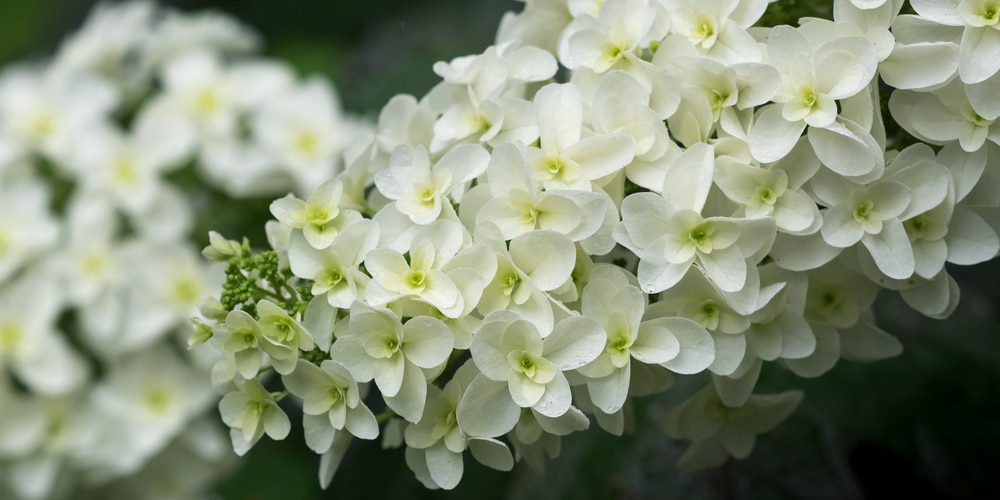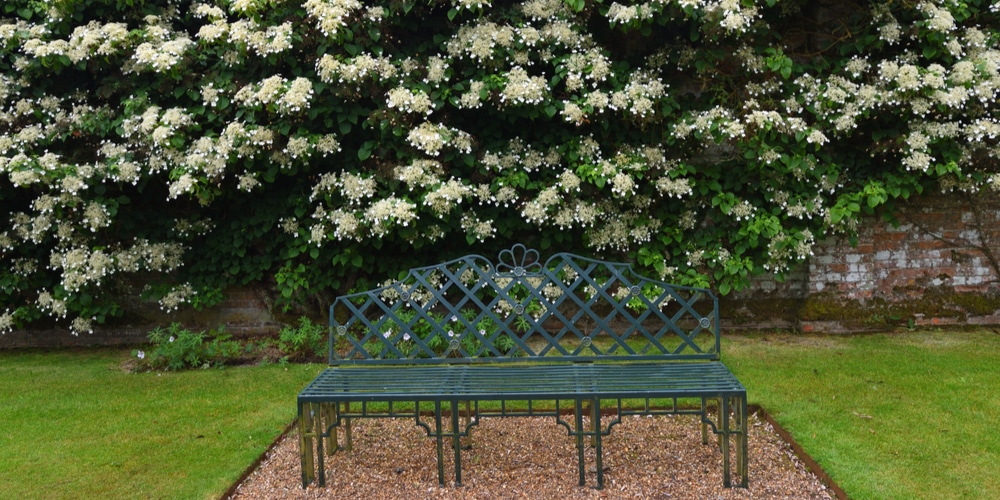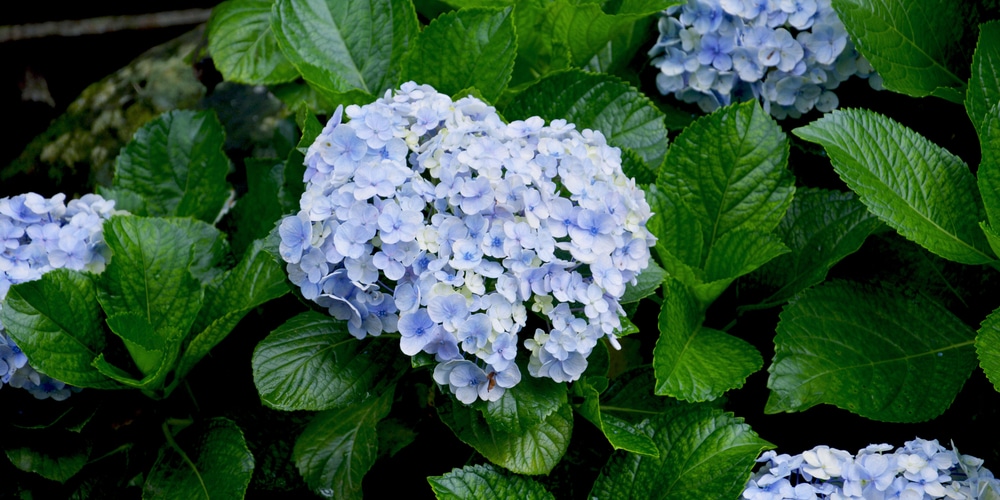Hydrangeas are the perfect option to add an old-fashioned charm to your garden. You probably are familiar with these plants’ large, ball-like flowers: they are eye-catching and fragrant. You can find varieties in different colors, from creamy white to deep blue. These plants provide brightness and variety no matter where you plant them.
The good news is that if you love these plants and wish to plant them in your yard, you shouldn’t abandon your dreams. Indeed, you can find varieties suitable even for the hottest days of the summer months in zone 9. To learn more about which species you should choose for your garden, you are in the right place. In this “Hydrangea Zone 9” Essential Guide, we include everything you should know about taking care of these plants in your hardiness area. You’ll find the best varieties to grow in zone 9 gardens and tips on making the most out of them.
Hydrangea Zone 9: Our Tips
If you live in a warm region(like USDA hardiness zone 9), you might find growing them challenging. Indeed, these plants don’t like to be dry. They need moisture to thrive, which usually requires significant water expenditures. And that might cause your plants to struggle in zone 9’s hot summers.
Hydrangeas are deciduous shrubs that will add beauty and color to any garden, no matter where you plant them. They are the perfect way to extend the blooming season since they usually flower between summer and fall. To get the best results, follow our recommendations.
For starters, choose a spot with well-drained soil and slightly acidic conditions. If you can’t offer that naturally, make adequate amendments. Don’t forget to measure your ground’s pH levels before changing the current conditions. Depending on the color of your hydrangea and the variety, you might have to tweak the pH differently. For instance, blue hydrangeas do better with pHs between 5.0 and 5.5, while pink ones prefer more basic conditions.
Also, the location you pick for your hydrangeas must be large enough to accommodate the size of your mature plant. Most hydrangeas won’t grow more than six feet tall and wide, but some can get to twelve feet. Ensure you check with your hydrangea’s requirements before making a decision.
Because hydrangeas prefer loose soil, you may have to use a rototiller to reach the ideal consistency. Also, don’t forget to add organic compost or manure to increase the nutrient content and make the conditions optimal for hydrangeas to thrive.
Water these plants regularly and consistently to get voluminous blooms. Never leave your hydrangea dry for too long, as that might cause your flowers and leaves to turn brown. In zone 9, you might have to increase watering frequently during the summer months. Consider feeding your plant in late winter for improved flower production. Apply a slow-release product: you will get better results.
To maintain a healthy plant and give it an attractive shape, you shouldn’t forget about pruning. Prune your hydrangea once per year after the blooming season to remove dead branches and encourage new growth and flowers in the spring.
Hydrangea Zone 9: The Varieties you Should Plant in Warm Weather
A few types of hydrangea can tolerate the hot weather of zone 9. However, for that to happen, you must be consistent with watering. If you live in an arid area, you should look for drought-tolerant varieties for best results.
Gardeners located in parts of the region with more moisture have a vast selection. Only make sure you check your local weather and the individual plant’s basic requirements to ensure your temperatures are suitable for the growth of the hydrangea you select. Read this section if you need some inspiration: we included our favorite varieties for zone 9.
Oakleaf Hydrangea
If you live in sunny California or anywhere else in zone 9, Oakleaf hydrangea is one of your best options. This plant is drought-tolerant and doesn’t mind high temperatures. Its distinctive foliage gives it its name. The lobed leaves resemble those you’ll find in most oak trees.
This type of hydrangea is native to the United States and does well in most hardiness zones. Oakleaf hydrangea produces white and pink mophead flowers that brighten up any garden during the blooming season. The plant turns into brilliant shades of red and orange b between fall and winter: you will be able to enjoy all-year-round beauty with oakleaf hydrangea!
Place your plant under partial shade for best results. To prevent its thick leaves from turning brown, provide it with protection from the afternoon sun. Under optimal conditions, you won’t have issues with these plants! Hydrangeas are virtually free from pests and diseases! You might have to prune your plants to keep them in shape and help establish your shrub.
Climbing Hydrangea
Another option for gardeners in zone 9 is climbing hydrangea. This vine variety features fragrant white flowers that bloom in late spring and summer and grow in attractive clusters. The contrast between the delicate blooms and the dark foliage is attention-grabbing.
These vines climb trees and other supporting structures, providing an attractive addition to any garden. Under optimal conditions, you can expect a climbing hydrangea to grow up to 80 feet tall. However, if you can’t accommodate such a big plant, don’t worry. These types of hydrangeas will tolerate pruning to shorter heights. Indeed, you can also grow them as shrubs.
Bigleaf Hydrangea
Bigleaf hydrangea produces stunning flowers in different colors. They do well even in the hottest summer of zone 9 and are relatively easy to maintain. Once you pick the right spot and provide your plant with the nutrient and water it needs to thrive, you won’t have to worry about anything else. You might know bigleaf hydrangeas as a plant that can change color.
If you want to make your garden more attractive, consider altering the pH once in a while. If you plant your bigleaf in acidic soil, expect blue flowers. On the contrary, the same variety in alkaline soil will provide you with bright pink blooms instead.
Related Article: When to Plant Hydrangeas?
